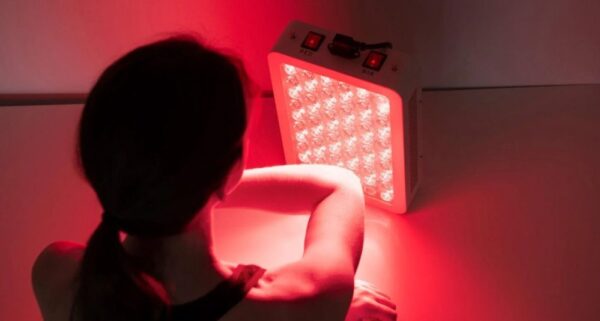Lifestyle
How to harness the sunshine of vitamin D without getting tanned

Essential for overall health, and the sun is a natural source of this vital nutrient.
However, excessive sun exposure can damage the skin and increase the risk of skin cancer. And the short term side effect is- tanned skin.
To strike a balance between obtaining enough vitamin D and protecting your skin, it’s crucial to understand how to safely harness the sun’s power.
Do not overexpose your skin to the sun
Vitamin D is unique because our skin can synthesize it when exposed to ultraviolet B (UVB) rays from the sun.
However, overexposure to these rays can lead to sunburn and premature aging. Here’s what you can do to save your skin from damage from the sun rays.
The sun’s UVB rays are strongest during midday, so it’s best to expose your skin to sunlight during off-peak hours. Early morning or late afternoon sun exposure is less intense, reducing the risk of skin damage. The amount of time you spend in the sun depends on various factors, including your location, skin type, and the time of day. Fair-skinned individuals may need less time in the sun compared to those with darker skin.
If you are using sunscreen, use it sparingly
Using sunscreen can reduce the skin’s ability to produce vitamin D. To find the right balance, consider applying sunscreen to your face, neck, and hands but leaving other areas exposed for a short time. Use sunscreen with a sun protection factor (SPF) of 30 or lower to allow some UVB rays to penetrate your skin.
To obtain vitamin D from the sun, focus on exposing larger surface areas of your skin. Wear clothing that allows sunlight to reach your arms and legs. For those in private settings, spending time in swimwear can be an effective way to maximize skin exposure while maintaining modesty. To get vitamin D safely and effectively, opt for clothing that covers only a part of your skin, such as shorts and a sleeveless top, during sun exposure.
Regularly check your skin for any signs of sunburn or damage. If you notice redness, pain, or blistering, you may have spent too much time in the sun. In such cases, it’s essential to protect your skin better during future sun exposure.
Individual vitamin D requirements vary, and some individuals may have specific health conditions or risk factors that affect their ability to obtain vitamin D from the sun. Consulting with a healthcare professional can help determine the ideal approach to vitamin D supplementation and sun exposure based on your unique circumstances.
Obtain vitamin D from your diet
In addition to sun exposure, you can obtain vitamin D through your diet. Foods such as fatty fish (e.g., salmon, mackerel), fortified dairy products, egg yolks, and mushrooms are good dietary sources of vitamin D. Including these foods in your diet can help ensure you meet your vitamin D requirements.
Always check for the common signs of vitamin D deficiency. Common signs like fatigue, muscle weakness, bone pain, frequent infections, depression, hair loss, impaired wound healing, and bone deformities in children. It’s crucial to maintain adequate vitamin D levels for overall health and well-being. If you suspect a deficiency, consult a healthcare professional for testing and guidance on supplementation or dietary changes.










